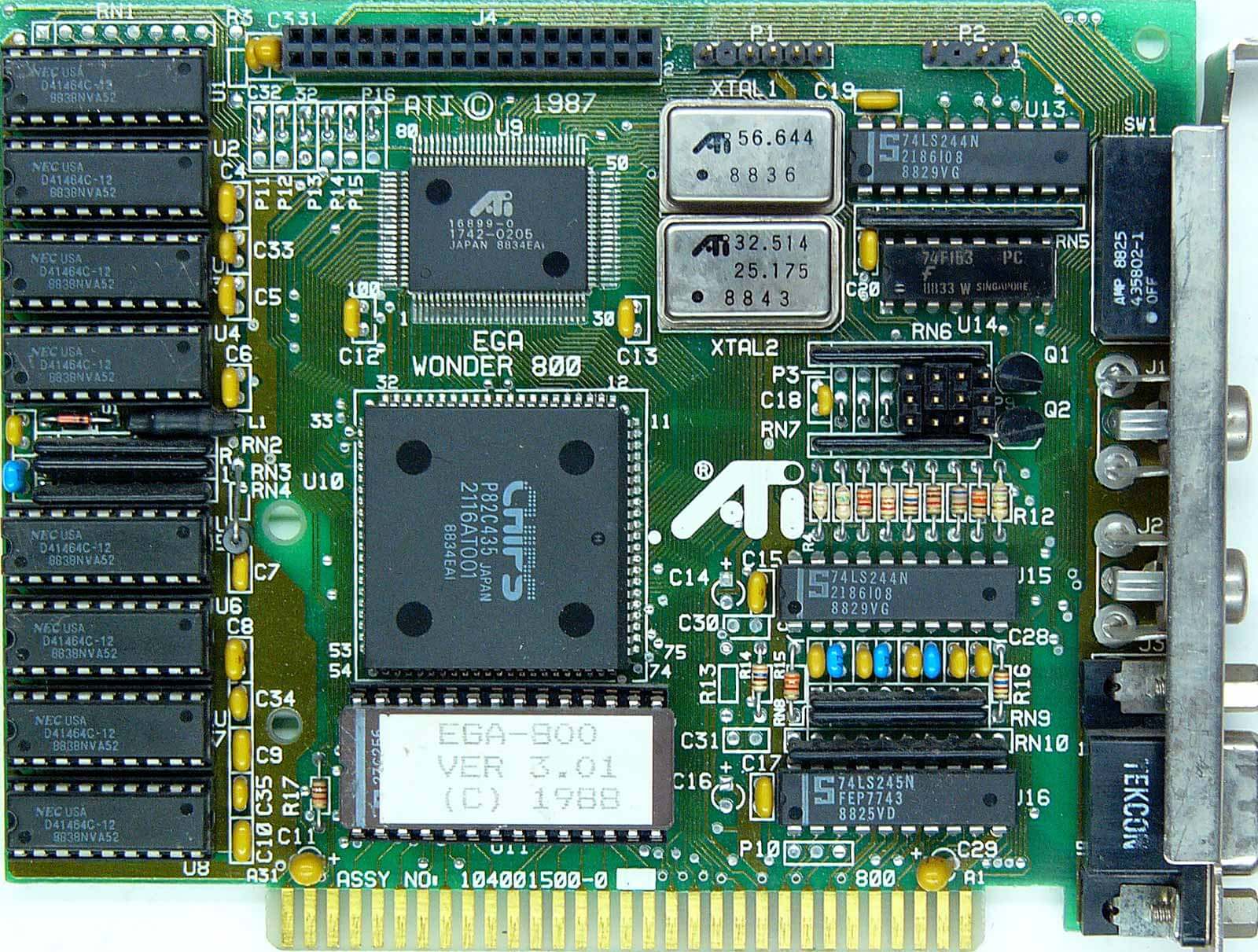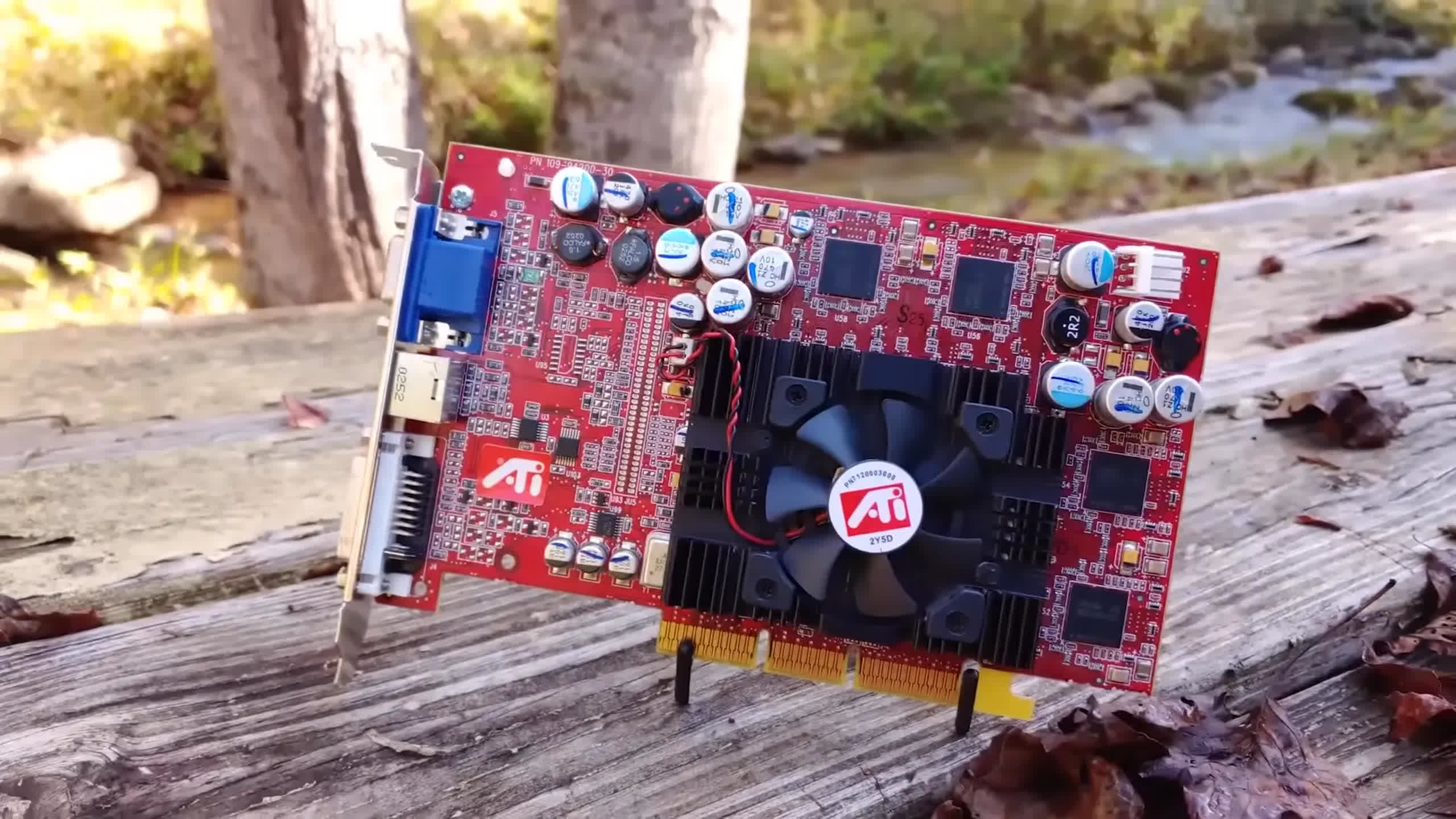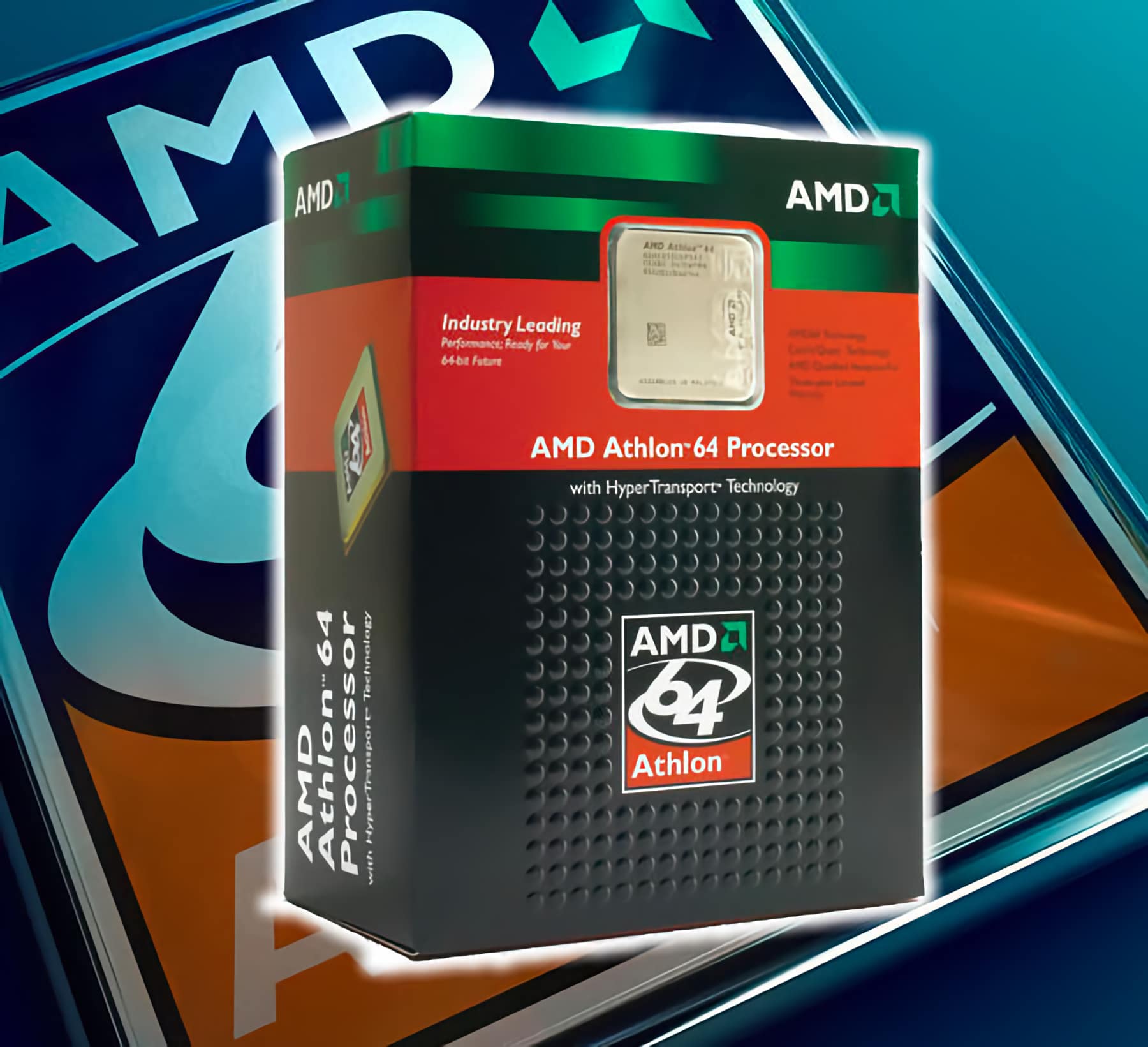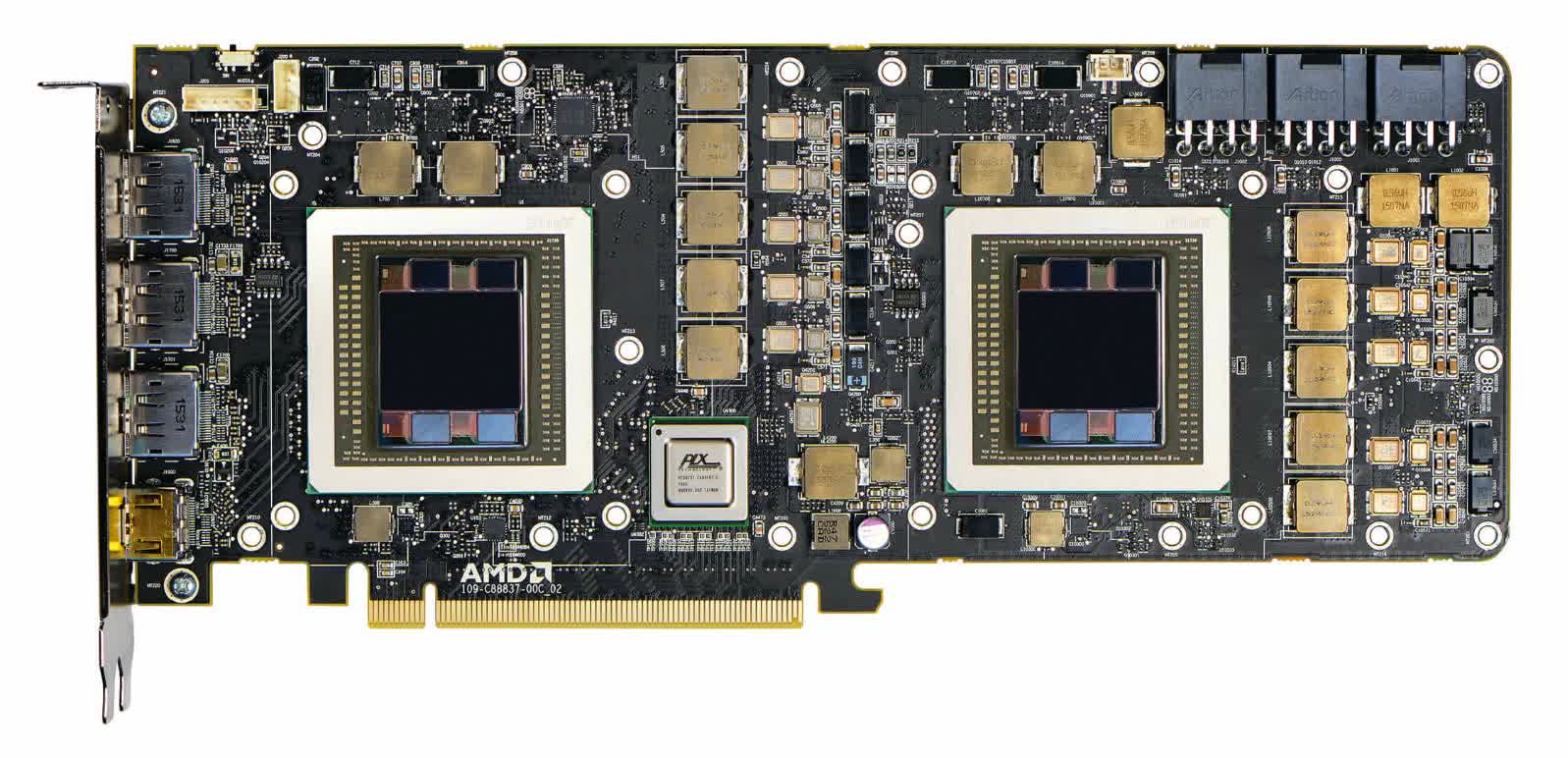With the turn of the century the graphics industry bore witness to further consolidation. Where 3dfx was once a byword for raw performance, its strengths before its dismissal laid in its full screen antialiasing image quality. By the time 2001 dawned, the PC graphics market consisted of a discrete card duopoly (Nvidia and ATI), with both of them in addition to Intel supplying the vast majority of integrated graphics chipsets.
Prior to the Voodoo 5's arrival, ATI had announced the Radeon DDR as "the most powerful graphics processor ever designed for desktop PCs." Previews of the card had already gone public on April 25, and only twenty-four hours later Nvidia countered with the announcement of the GeForce 2 GTS (GigaTexel Shader).













